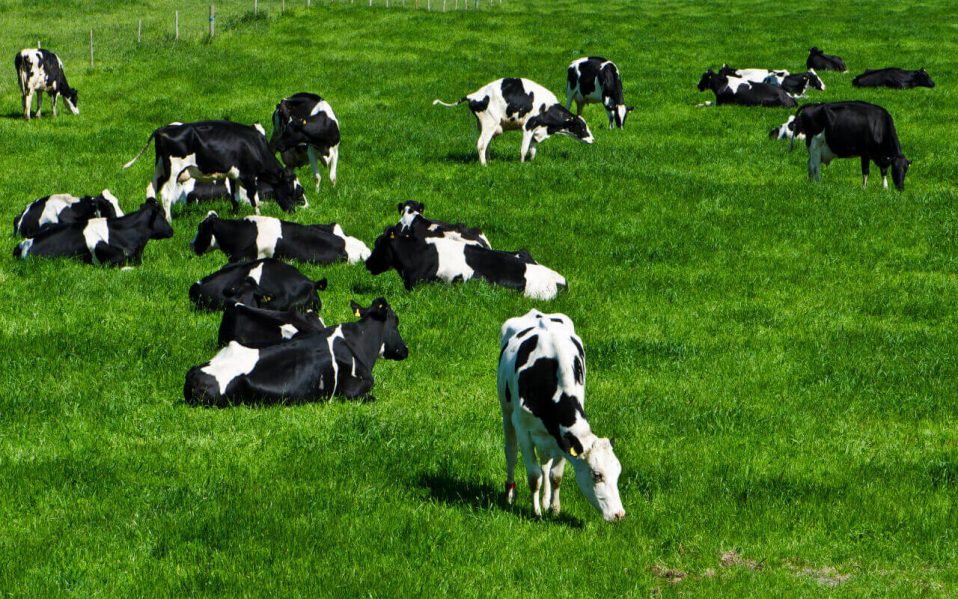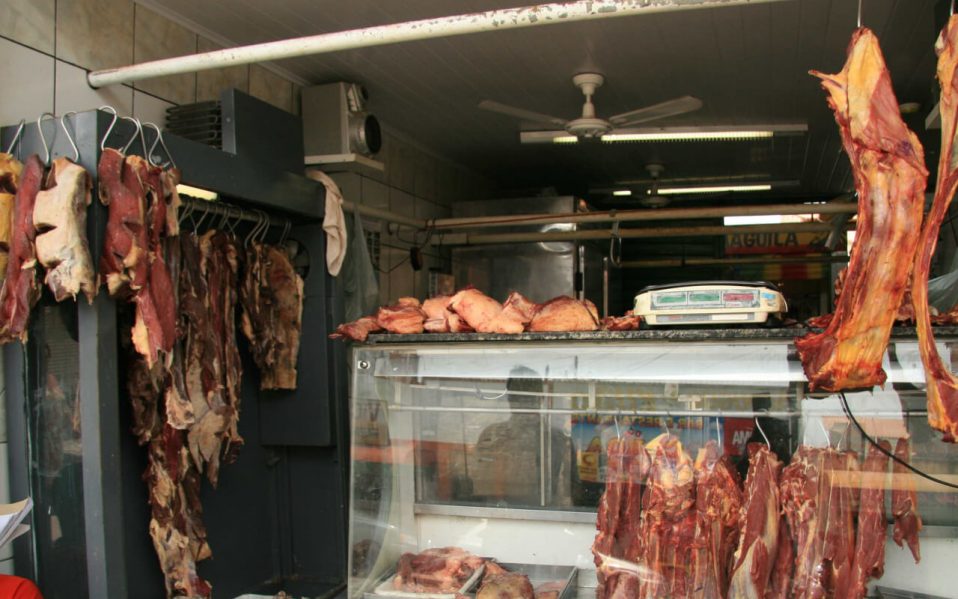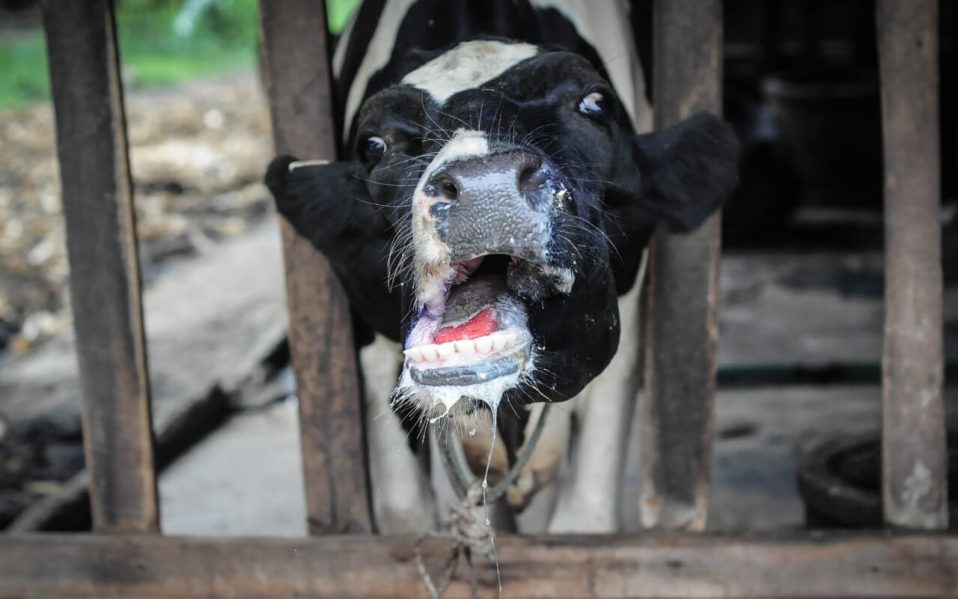Farmers should never be frustrated when they produce more than they can sell. They should beg brokers to buy off their produce or give the surplus to their neighbours for free.
At least not in this time and age of technological advances which can help farmers transform their perishable produce to products that can be stored for months without going bad.
Some of these technologies are extremely affordable and convenient for both small-scale farmers and smart consumers who would like to take advantage of the glut period to stock up supplies for the lean period.
Tomatoes
One of the easiest fresh produce to preserve is the garden tomato. The good old berry is second only to potato in terms of production in Kenya. Yet for lack of knowledge on simple preservation technologies; nearly a quarter of the produce is wasted during surplus seasons.
However, there are many ways of processing the red tomato to prevent it from going bad. One of the most affordable is sun-drying the ripe tomatoes. It also possible to oven dry, can or freeze the red fleshy vegetables, whole, stewed or in pulp form.
The best tomatoes to preserve by drying are the fully ripe, firm and fleshy ones. The first stage is to sort out the tomatoes and clean them thoroughly.
Remove the seeds
You then need to hull them by removing the hard scar where the berry was attached to the mother stem. Then cut the tomato horizontally into two, as this makes it easier to remove the seeds along with the westerly part of the ripe tomato.
The tomato is then cut further into pieces to promote even drying. For smaller varieties, this is the last mandatory step before spreading the pieces in a single layer in the dryer. But for larger varieties, you may need to slice the pieces further to achieve an average thickness of 1cm or less.
Under moderate heat, the complete drying should take 6-8 hours depending on the prevailing humidity, as well as the tomato variety. It is therefore important to put the dryer in a safe and hygienic place to avoid any contamination of the product.
It is also important to maintain moderate temperatures, as low temperature results to poor quality products or rotting, while temperatures beyond 75 degrees Celsius are likely to cook instead of drying your tomatoes.
Kill enzymes
The resulting product must however be refrigerated or consumed within three months. To preserve the dried tomatoes for a longer period, you need to kill the enzymes responsible for shortened shelf life by submerging the tomato pieces in boiling water for about three minutes before drying them. The produce is then put in plastic bags or airtight containers and stored in a dry, cool place.
– The writer is an agronomist, a science journalist and a university lecturer
This article was first published in the ‘Smart Harvest’ feature of the Standard on Saturday edition of 17th June 2017.




